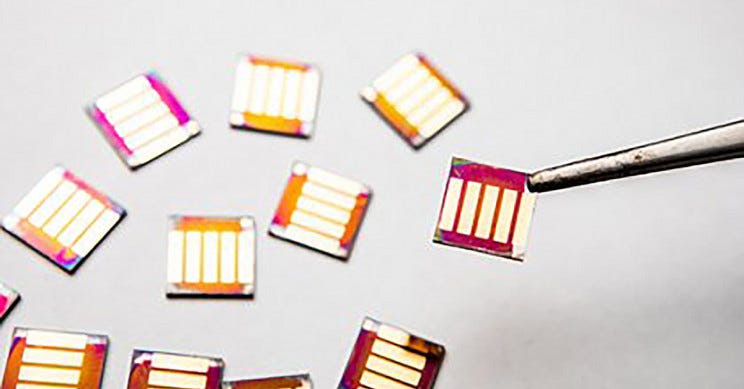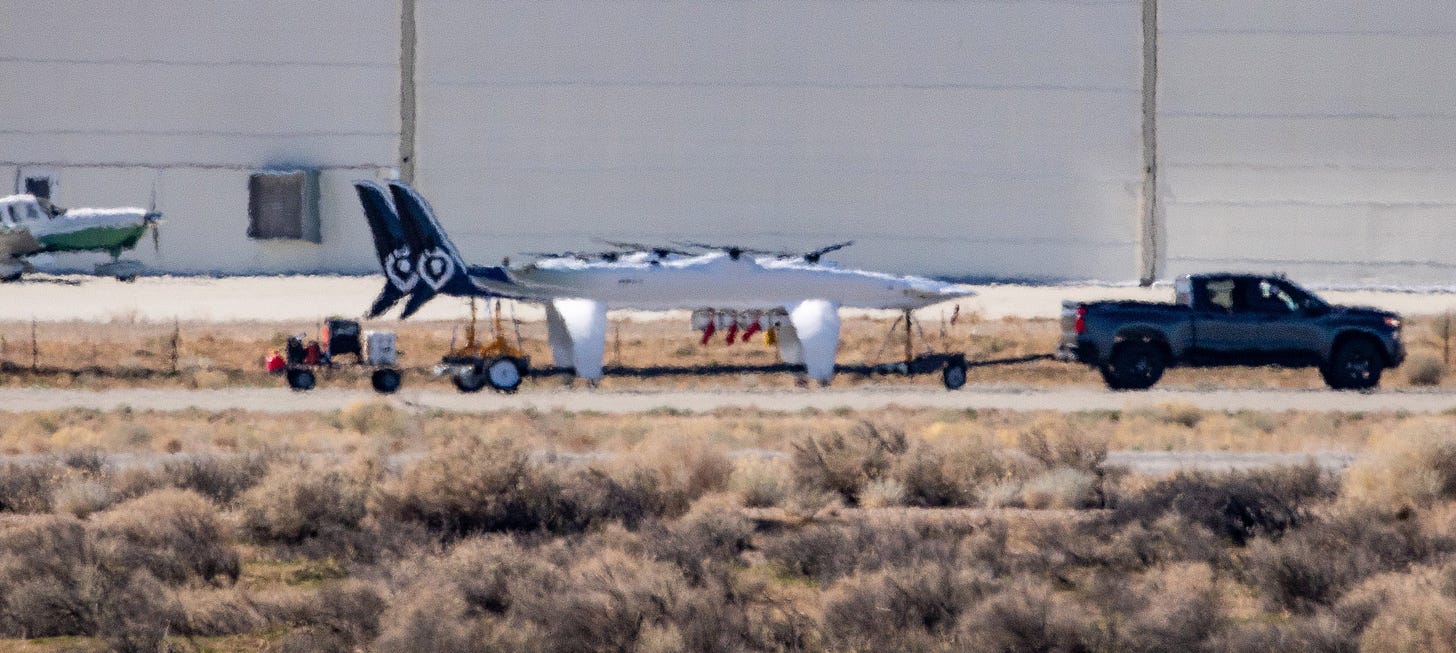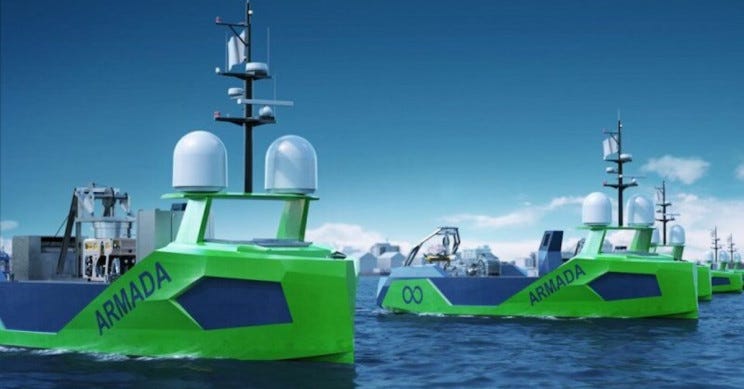This week we will look at a new type of solar cell, water ATMs, robotic ocean surveys, hydrogen powered air transportation, QR codes for managing the Coronavirus outbreak in China and 3D printed chocolate. Finally the technological breakthrough that we have all been waiting for, chocolate in any shape that we desire.
Electricity from Quantum Dots
New sources of electricity are being developed regularly. The University of Queensland has just developed Quantum Dot Solar Cells that can be made into flexible, thin films that are able to generate power in low light conditions.
A Quantum Dot is a nanoparticle that can pass electrons and generate an electrical current when exposed to solar energy. Most solar technologies use rigid and expensive materials. This breakthrough allows more flexible, printable and transparent skins to be developed to power cars, planes, homes and wearable technologies. The technology will be relatively cheap to produce.

The team hopes to develop a product that could be in the market for small appliances like phones within 2 years. Within 3 to 5 years the technology may be compatible with large scale power for rooftop solar instillations.
3D Printed Chocolate
Barry Callebaut AG, a Swiss company that makes approximately a quarter of the world’s chocolate, including that used by well-known brands like Hershey’s and Nestle has developed a 3D chocolate printer. This allows them to customize designs for clients.
Called the Mona Lisa 3D the technology allows skipping of the time consuming processing steps currently required for artisanal designs such as mould design, making and testing. Initially the designs will be printed centrally however this process will be extended initially to larger clients and eventually there is likely to be a home version.

Hydrogen Powered VTOL
It appears that Toyota is collaborating with VTOL (vertical takeoff and landing) industry leader, Joby to develop an electric powered air transportation service. Using the Hydrogen fuel cell that Toyota is developing for their future truck fleet, the craft looks like it is a cargo hauler capable of landing almost anywhere.

The project is shrouded in secrecy and currently being tested in the Mojave desert.
Robotic Ocean Exporation
Approximately 80% of the earth’s ocean floor is uncharted. Ocean Infinity is looking to remedy this by mapping the oceans with a robotic fleet of survey vessels. The project called Seabed 2030, is a collaborative project between the Nippon Foundation of Japan and the General Bathymetric Chart of the Oceans (GEBCO). It aims to bring together all available bathymetric data to produce the definitive map of the world ocean floor by 2030 and make it available to all.
Ocean Infinity recently unveiled the robotic ships that will carry out this project. The boats require no humans on board and range from 21 meters to 37 meters in length. They are capable of trans-oceanic journeys whilst being controlled from centers on land. The main control center being in Southampton on the South Coast of England. The ships are able to deploy tethered robots to inspect down to 6,000 meters below the surface.

The shipss will not only map the ocean floor, they will also inspect pipelines, telecom cables and off-shore wind farms. Powered by diesel electric motors the ship’s range varies from 3,700 nautical miles to 5,000 nautical miles.
Water ATM’s
One of the issues in many developing countries is the availability of clean water. India for example has 16% of the world’s population but only 4% of the world’s fresh water. About 76 million Indians don’t have regular access to clean drinking water, the most of any country in the world. It is also difficult for an individual to distinguish between clear water and clean water.
A new nationwide experiment aims to address the water crisis with “water ATMs,” machines that purify water on site and dispense it through prepaid card swipes.

Customers purchase credit on a prepaid card, scan it at the tap, and out comes water that’s drawn from the ground and purified right at the site, via reverse osmosis. The process is much cheaper than buying bottled water and is being installed in areas where there is insufficient water infrastructure. The Karnataka Government has commissioned 7,000 ATMs for semi rural areas.
China has developed QR codes for the Coronavirus
China is set to assign citizens QR codes that will indicate whether an individual is at risk of contracting the new coronavirus and needs to self-quarantine. Millions of people in Hangzhou, the city southwest of Shanghai where this system was piloted, have effectively been guinea pigs for the new system during the Covid-19 outbreak.
The system looks at where you live, work and travel and assigns a code based upon identified coronavirus cases in your immediate area. Residents are assigned one of 3 colored QR codes, red, yellow or green. Those with red codes must quarantine for 14 days, yellow requires a 7 day quarantine. Holders of yellow and red codes are required to log in every day during quarantine before their codes can turn green. A green code is required for movement around the city or to access public facilities.
The government has said a person’s health code is determined by three factors: Travel history, duration of time spent in an outbreak-stricken area, and relationships to potential carriers of the virus. The government said that the information provided by big data companies allows its system to track a person’s location down to the county level.

Hangzhou has issued 7.25 million health codes so far with 316,000 red and 200,000 yellow codes. Apartment complexes, companies, public transport and public facilities are required to check the code before admitting anyone.
Paying it Forward
If you have a start-up or know of a start-up that has a product ready for market please let me know. I would be happy to have a look and feature the startup in this newsletter. Also if any startups need introductions please get in touch and I will help where I can.
If you have any questions or comments please email me via my website craigcarlyon.com or comment below.
I would also appreciate it if you could forward this newsletter to anyone that you think might be interested.
Till next week.


